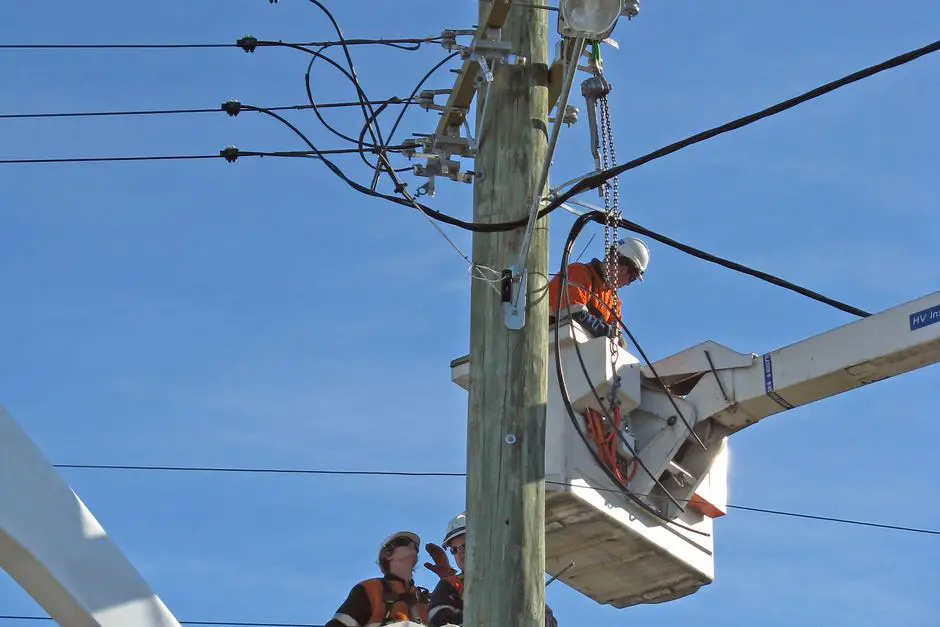Zimbabwe power utility Zesa Holdings has said it needs at least $200 million to connect up to 138 new housing projects countrywide. This was said by the utility’s spokesperson Mr Fullard Gwasira recently.
These housing projects have up to 102 000 customers all waiting to be connected. Mr Gwasira in a statement said many projects have remained unconnected long time after the completion of housing projects.
Mr Gwasira said ZETDC,a subsidiary of Zesa is hoping to increase flow of revenue through the new business, but is experiencing challenges in lack of liquidity to provide the backbone infrastructure in the respective residential places
He added that ZETDC had ordered for up to 130,000 prepaid meters which would be delivered in a short while. He said ZETDC is currently having challenges in accessing long-term financing for the construction of both high voltage and low voltage power lines.
ZETDC is mandated to offer the backbone infrastructure, which constitute the power lines.
It offers power reticulation solutions only to approved housing projects and customers should make sure that the projects they are working on have approved plans by the respective councils and authorities.
Zesa on the other hand has been working on projects that aimed at incraesing electricity generation to fill the deficit between supply and demand. These include expansion of Hwange Thermal Power Station, Kariba Power Hydro Station and rehabilitation of small thermal stations.
The Zimbabwe power utility Zesa is also doing work on the emergency power plants and solar projects so as to improve power availability. Zimbabwe is currently facing a power deficit of 400 MW against a peak demand of 1 400MW.
Mr Gwasira added that Zesa is now also focusing its attention on the national grid where a lot of cables, which are now faulting and carrying loads which are far beyond what they were designed for.
For example, all infill housing projects were not taken care of in the original design specification.
